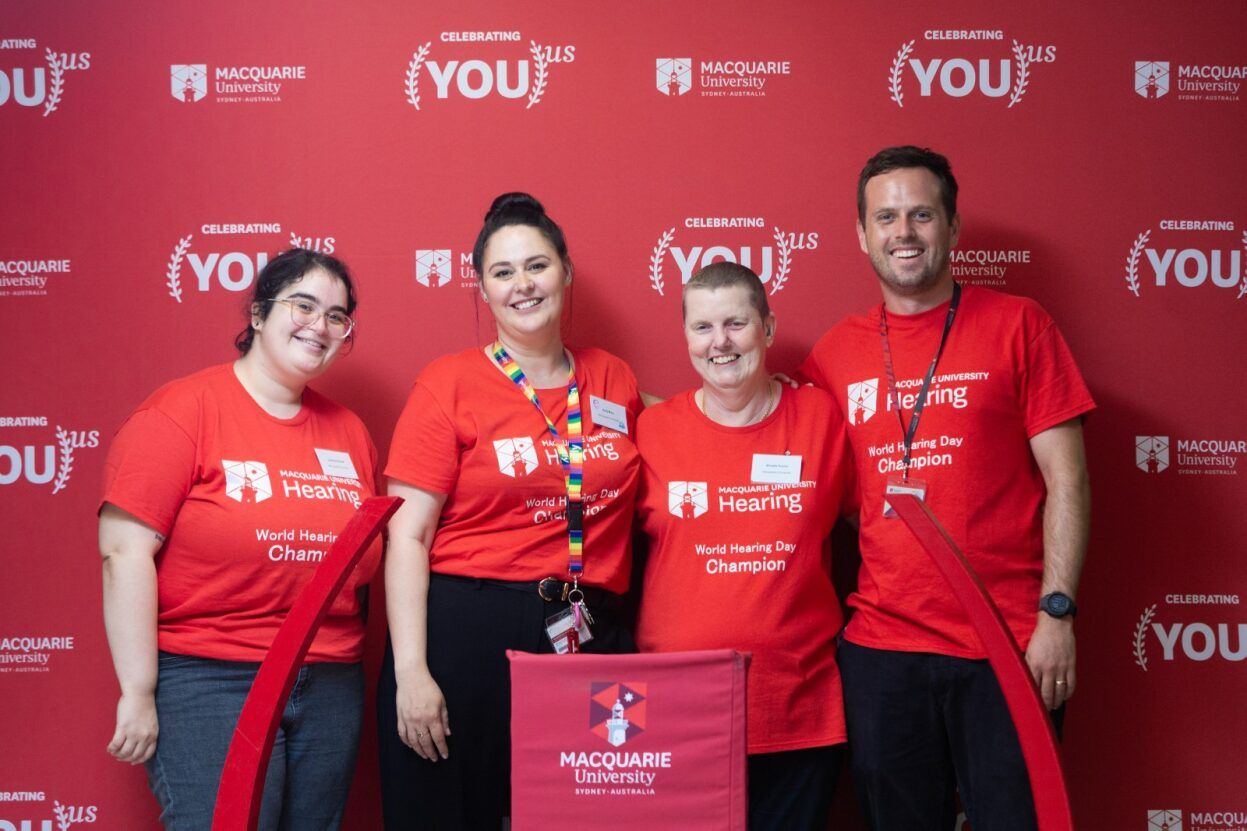In support of the World Health Organisation’s (WHO), International Ear Care Day, 3 March 2015, ‘Make Listening Safe’ Campaign, aimed at drawing attention to the growing risk of hearing loss posed by unsafe listening practices, the HEARing Cooperative Research Centre (HEARing CRC) today announced a pilot study that will help determine how live music venues in Australia can be more “hearing friendly”. 
The pilot study, part of the HEARing CRC’s HEARsmart™ hearing loss prevention initiative, is jointly funded by the Deafness Foundation Victoria and supported by Music Victoria, the National Acoustic Laboratories (NAL), The Deafness Forum Australia and Vicdeaf.
HEARing CRC researcher Dr Elizabeth Beach (NAL) said the HEARsmart™ pilot study aims to come up with practical solutions to help live music venues reduce their noise exposure – so musicians, patrons, and venue staff can avoid acquiring a noise-induced hearing loss and tinnitus.
“In the coming months, HEARing CRC researchers, working with Music Victoria and live music venue owners, will carefully measure noise levels at gigs and gain input from patrons and performers on their experiences,” Dr Beach explained.
“The data will then be analysed, the main noise-exposure risks identified, and in consultation with venue owners, a practical noise-reduction package will be developed that can be easily implemented in venues across Australia. ”
“We don’t know exactly what the HEARsmart noise-reduction package will entail, but some of the likely measures are recommendations on venue modifications to reduce reverberation, providing quieter, chill out spaces for patrons to take a break, or working with the sound engineers to produce sound at a safer level, while still being enjoyable for patrons.”
According to WHO, 360 million people worldwide have hearing loss, making it the most common global sensory disability. Many of these people could have avoided hearing loss by adopting healthier hearing habits such as reducing their exposure to excessive loud noise – a major cause of acquired permanent hearing loss and tinnitus worldwide.
The HEARing CRC’s 2006 Listen HEAR report by Access Economics identified excessive loud noise exposure as a major cause of hearing loss in Australia. While most people are aware of the dangers of excessive noise exposure in the workplace, only recently has leisure-based noise been identified as a significant and growing health problem.
HEARing CRC CEO Professor Robert Cowan said the rising prevalence of noise-inducing hearing loss is in part due to lifestyle choices – spending nights in loud live music venues, or using headphone sound systems to blank out the world around us, but also relates to attitudes – that hearing loss only affects the elderly.
“Already, the prevalence of hearing loss is expected to increase to one in four Australians by 2050, and the proportion of younger people with an acquired hearing loss is steadily growing. That’s why coming up with innovative ways to reduce leisure noise exposure like the HEARsmart™ live music venue study is crucial,” Prof. Cowan explained.
HEARsmart™ is an Australian initiative aimed at creating a greater awareness of the risks of hearing loss associated with loud leisure and work noise, and providing workable solutions for people to protect their hearing and make listening safe. For more information about HEARsmart™, go to: hearsmart.org.








